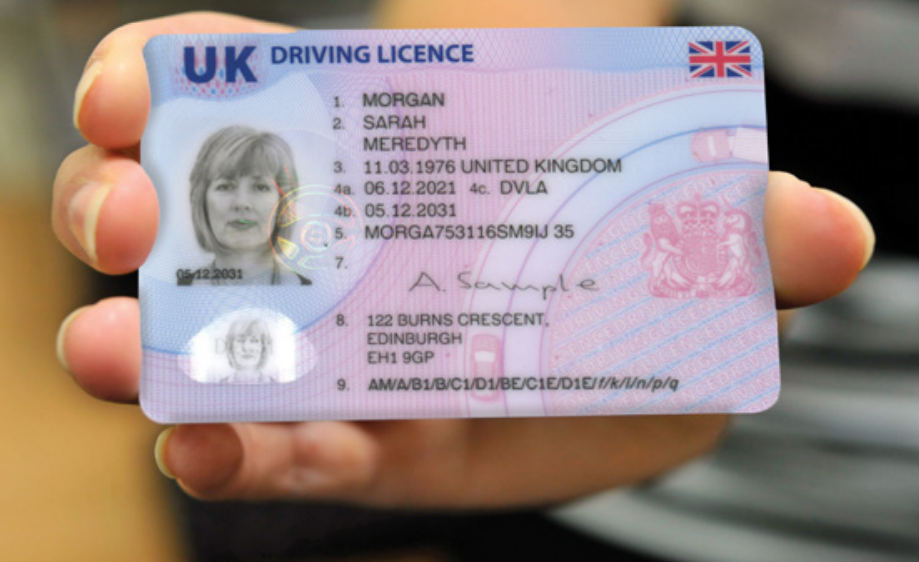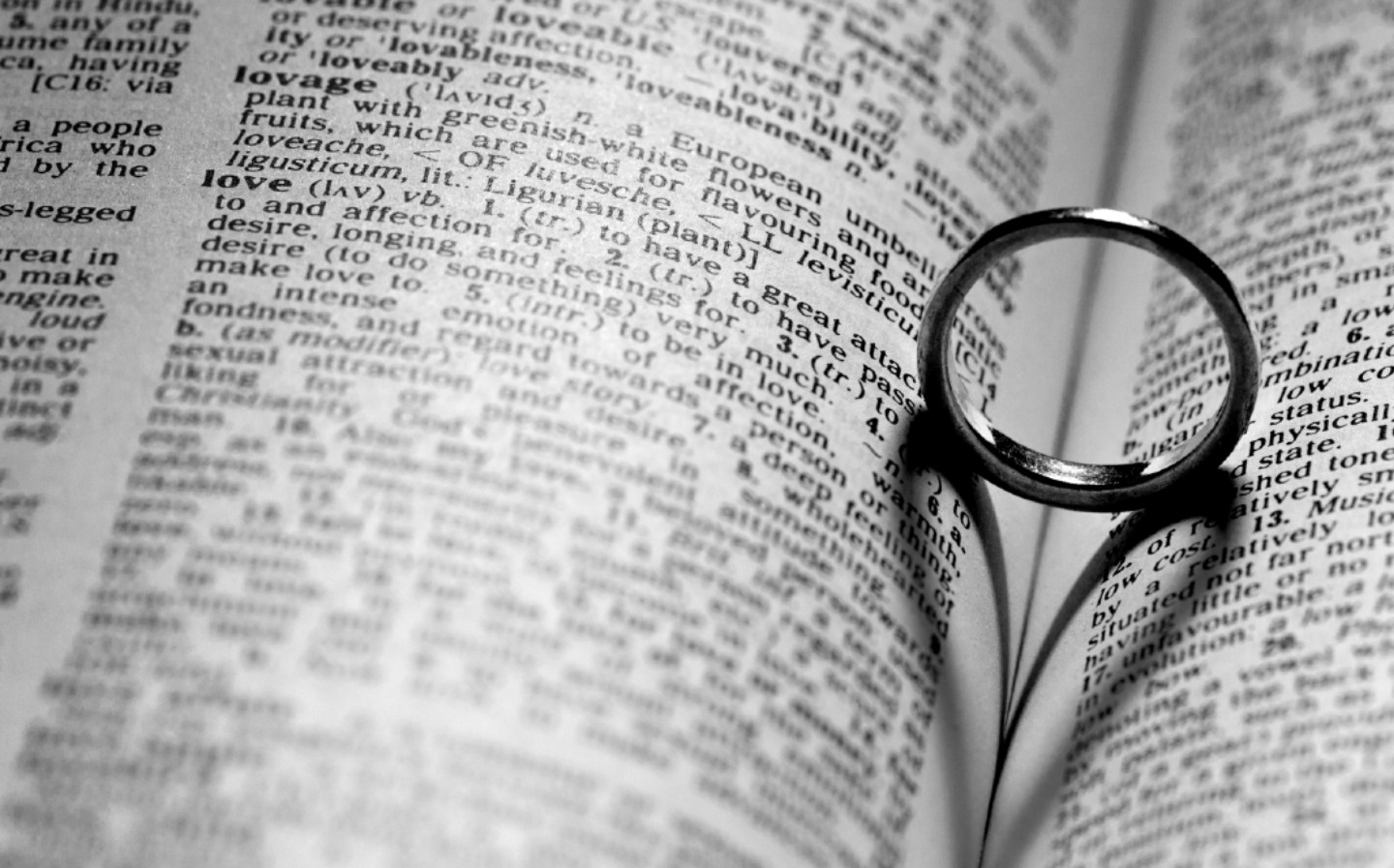Do you need to change the name on your driving licence after getting married?
How romantic
Amid the glitter and romance of any wedding, it’s easy to forget the more prosaic, administrative side to things, especially if you intend changing your name, as 90 per cent of British women do after they get married.
There are utilities companies, banks, doctors, the electoral register and a whole host of other bodies to inform if you change your name, but what about your driving licence? Do you need to inform the Driver and Vehicle Licensing Agency (DVLA) and update the name on your driving licence after you get married?
And what if you’re part of the 10 per cent who wish to keep their maiden name, particularly for use in the workplace? Does the law require you to update your driving licence after marriage anyway?
Do you need to update the name on your driving licence after getting married?
The DVLA told Driving.co.uk that even if someone adopts their partner’s surname, or double-barrels the two surnames, in social situations, there is no obligation to update their driving licence; he or she may still use their previous name. A car’s V5C registration certificate that includes the previous name will remain valid, too.
However, if someone changes their name by deed poll, which is a legal change, then they must also update their driving licence, along with other documents such as your passport.
Similarly, if someone changes their gender legally then they must also update their driving licence.
The same goes for changing address — the DVLA must be made aware as soon as you move home.
In any case, you can still drive while waiting for your new documents, provided you’re otherwise medically and legally fit to do so.
What are the penalties for invalid documents?
You can be fined £1,000 if caught by the police using an invalid licence. Moving house or legally changing your name (retaining your maiden name excluded) without informing the DVLA can invalidate a licence.
How to change your name on your driving licence

If you do wish to change your name or gender on a standard driving licence (rather than a bus/lorry licence), firstly you’ll need a D1 form that can be downloaded online or obtained from a post office.
After filling out a D1 form, you’ll need to send it, along with your current photocard or paper licence and any documents that confirm your new name or gender (such as a marriage certificate or deed poll), to: DVLA, Swansea, SA99 1BN.
If you only have an old-style paper licence, you must include a recent passport-style photo with your application and, if you want to change the photo on your licence because you feel it no longer looks like you, you’ll also need to include a cheque or postal order for £17, payable to the DVLA.
For those whose licences have been lost, stolen or destroyed and thus cannot be included in the application for a name or gender change, you’ll have to include a cheque for £20, also payable to the DVLA.
You’ll also need to change your name on the vehicle registration document. Section 3 of your car’s V5C form (aka the logbook) includes a form for changing your name and/or address, so, after filling this out, send the V5C back to the DVLA at the above address for an updated one along with any supporting evidence of your changes.
Are the rules the same for Northern Ireland residents?
The rules are slightly different in Northern Ireland; applicants will need to fill out a DL1 form and return it to the Driver & Vehicle Agency (DVA) in Coleraine along with any supporting documents.
How long does it take to update your driving licence?
After the Covid-19 pandemic, both the DVLA’s online and postal services became extended processes as the organisation worked through a backlog of applications. However, that appears to have eased now and the DVLA advises that a change of name on a driving licence should take up to three weeks to complete, meaning you’ll have your licence with your new name on it, along with any supporting documents, with you inside 21 days. Any longer than that, and it’s worth contacting the DVLA to see what the delay is.
Related articles
- If you were interested in changing your name on your driving licence after getting married, you might like to check out whether old-style paper driving licences still valid
- We’ve created a handy guide on how to jump start your car
- Is now the right time for you to buy an electric car?
Latest articles
- Seven great automotive events to visit this summer, from F1 to art and champagne
- Watch new Porsche 911 GT3 smash Nürburgring record for manual cars
- Skoda Elroq 2025 review: Czech carmaker can’t seem to miss with its electric family cars
- Five best electric cars to buy in 2025
- Should I buy a diesel car in 2025?
- F1 2025 calendar and race reports: The new Formula One season as it happens
- Zeekr 7X AWD 2025 review: A fast, spacious and high tech premium SUV — but someone call the chassis chief
- Denza Z9GT 2025 review: Flawed but sleek 1,062bhp shooting brake from BYD’s luxury arm
- Extended test: 2024 Renault Scenic E-Tech review














